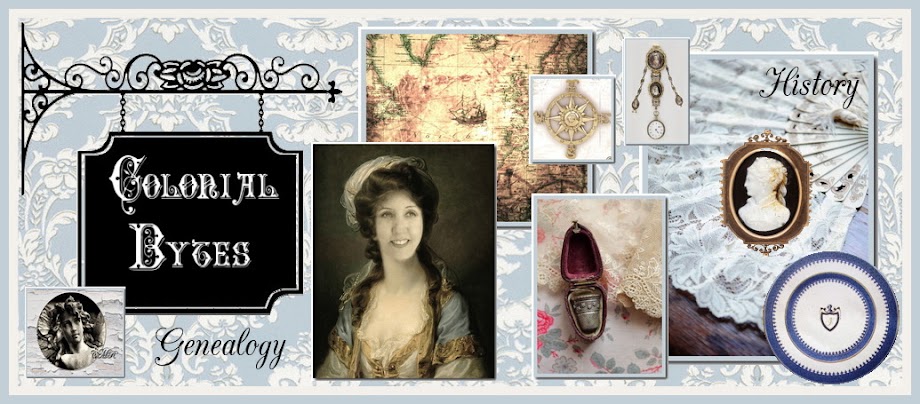Marriage Law for Genealogists: The Definitive Guide. By Rebecca Probert. Published by Takeaway Publishing. Copies are obtainable directly from the author at books@takeawaypublishing.co.uk or on Amazon. 2012. 160 pp. Illustrations, index. Softcover. $14.99.
The book is the definitive guide to understanding marriage law in England and Wales, from 1600 to the present. This book is written for genealogists and it is not a legal text. It is not a light read, but it is clearly written and is certainly worth the effort in reading all the way through to get a complete, accurate picture of marriage laws before it is used as a research tool to look up specific questions.
Ms. Probert is a genealogist and Professor of Family Law at Warwick University and a leading authority of the history of marriage laws of England and Wales. She strongly disputes the writings of other historians such as John Gillis, Lawrence Stone and Brian Outhwaite who have all written extensively on marriage laws and practice, divorce, cohabitation, and children out of wedlock. Their books have guided many genealogists, including me, who write and research marriage laws. Probert contends that the errors and assumptions of these authors create confusion for genealogists. I would absolutely agree with her. In my personal opinion, she succeeds in clarifying the changing rules of marriage from 1600 to the present.
The book addresses five questions. (1) “Whether and Why” your ancestor married deals with the likelihood of any given couple having gone through a valid ceremony of marriage. (2) “Who” examines who could marry, and whom they could or could not marry. (3) “How” examines the formalities required for a valid marriage, plus what that means for Roman Catholics or Protestants. (4) “When” looks at the age at which couples could and did marry, when parental consent was required and who could object; plus it examines the seasons, days and hours when marriage could be and were celebrated. (5) “Where” moves beyond the legal requirements to large scale genealogical studies that provide guidance to family historians on where they may need to look for the marriages of their ancestors. Throughout the book there is a continual discussion of important key conditions (changing over time) that make a marriage valid, void, and voidable. Additionally there is frequent discussion about what in the law was required versus what was directory. Included in the text are sample questions typically raised by genealogists, and these are answered clearly. This is a must have book for all Genealogist.
This book will greatly add to your understanding of marriage laws and help you in your research. It is a must for anyone seeking to understand the laws or struggling to find a particular marriage ancestor’s marriage. (Unique laws apply in Scotland and Ireland so don’t apply the laws here to other places, but make use of the framework presented here as an excellent structure for examining marriages in other locations.) If you think you know everything you need to know about English marriage laws then take the author's quiz
Find Here on Amazon
Find Here with Barnes and Noble




